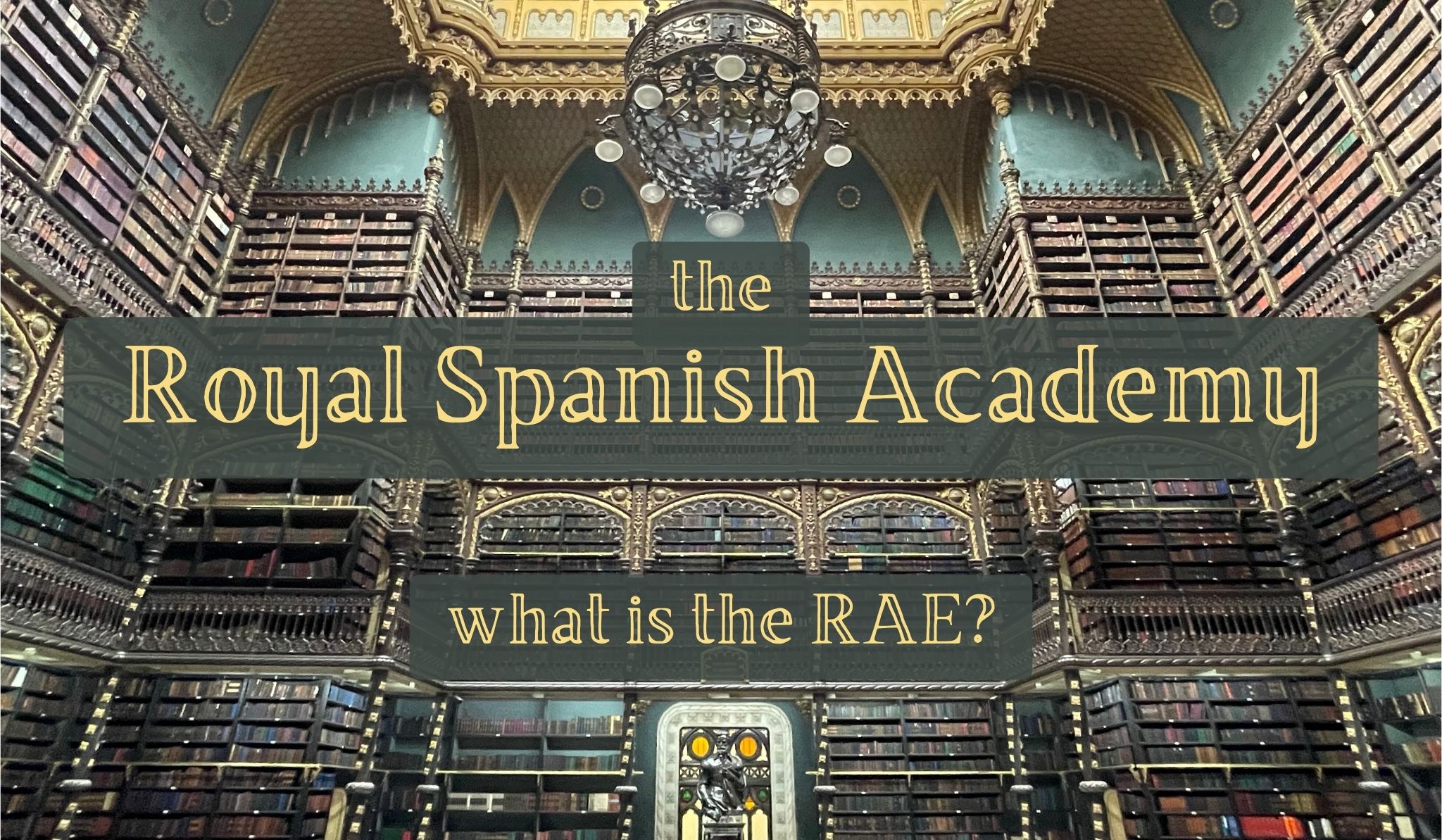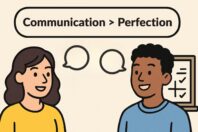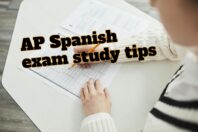RAE Spanish: What is the Royal Spanish Academy?

Get our free email course, Shortcut to Conversational.
Have conversations faster, understand people when they speak fast, and other tested tips to learn faster.
More infoThe Royal Spanish Academy (RAE) plays a crucial role in the Spanish-speaking world, exerting a heavy influence on the language for both native speakers and learners. Despite frequent mentions in grammar discussions, the specifics of its function and authority often remain unclear.
This post aims to demystify the RAE, shedding light on its history, purpose, activities, and influence over the Spanish language.
What is the Royal Spanish Academy?
The Royal Spanish Academy is the English name for the Real Academia Española, best known by its Spanish initials RAE. In English, it’s sometimes also referred to as the Spanish Royal Academy or the Royal Academy of Spanish.
The RAE can be considered the keeper of the Spanish language, taking responsibility for monitoring and documenting its proper usage and evolution for the benefit of all. Its primary mission is to keep tabs on the language across the Spanish-speaking world, ensuring its stability and fostering its growth.
The RAE was founded in 1713 in Madrid, Spain. One of its first objectives was to compile the words in an official dictionary in order to set a standard and try to maintain the purity and elegance of the Spanish language. Since then, the RAE has become the primary authority on the Spanish language.
Members of the Royal Spanish Academy
The RAE is composed of a diverse group of full and honorary members who bring various perspectives and expertise to the institution. The institution is led by a Director, elected by the members, who oversees the operations and represents the institution in public matters. The Plenary is the highest governing body within the RAE, consisting of 46 full members who gather to discuss and vote on key issues.
Full members, or Académicos de número in Spanish, are responsible for the core decision-making processes. Each of the members is associated with a letter from the alphabet, ranging from A to Z in both uppercase and lowercase. These positions are held for life. Since its inception more than three centuries ago, the academy has had 485 full members.
Additionally, the Honorary members are recognized as Académicos correspondientes. These are distinguished scholars and professionals recognized for their research, studies, and publications on different subjects related to Spanish language or literature. They contribute to the Academy’s mission by providing insights and collaborating on projects.
Key Functions of the Royal Spanish Academy
Now that we know about the members of the Royal Spanish Academy, let’s take a look at the functions regularly fulfilled and performed by the RAE.
Language regulation
The main responsibility of the RAE is to set the standards for Spanish grammar, spelling, and vocabulary. It publishes authoritative resources such as the Diccionario de la lengua española (DLE), which is the most comprehensive Spanish dictionary.
Language evolution
The Spanish Royal Academy also monitors linguistic changes and updates its publications to reflect contemporary usage. This includes the incorporation of new words and the adaptation of existing ones to modern contexts.
Cultural preservation
By maintaining the purity and richness of Spanish, the RAE preserves the cultural heritage embedded in the language. This involves a balance between preserving traditional usage and embracing linguistic evolution.
The Influence of the Royal Spanish Academy
As we’ve already pointed out throughout this post, the Royal Spanish Academy holds a very important role when it comes to the Spanish language. However, that doesn’t mean that its power is absolute.
While it provides guidelines and standards, adherence to its rules is ultimately voluntary. There’s also controversy about classism within the institution, as some believe that the RAE maintains a conservative and elitist approach to language, privileging the language used by the upper classes and the cultural elite over popular or regional variants and forms of expression.
Keeping this in mind, it’s worth noting that its recommendations are widely respected and followed by educational institutions, publishers, and the media, contributing to a unified and standardized language.
For intermediate and advanced Spanish learners, the RAE’s resources can be very useful. The DLE, available online, is a great tool for understanding word meanings, usage, and etymology. The RAE’s guidelines on grammar and spelling can also help learners achieve accuracy and fluency. Here at BaseLang we’re all familiar with the RAE, whether for our teachers who want to double-check a grammar rule, or for our blog as we prepare some of our advanced Spanish lessons.
So, while the RAE doesn’t get a final say on how the language is used, it provides a solid foundation and reference point for native speakers and Spanish learners to build upon, ensuring their language skills are grounded in recognized and respected standards.
Conclusion: RAE Spanish
We’ve just given a quick overview of the Real Academia Española, emphasizing how you can benefit from it as a Spanish learner and how we rely on it as Spanish teachers.
This renowned institution is a cornerstone of the Spanish-speaking world, dedicated to maintaining the integrity and growth of the Spanish language. Despite facing criticism for its perceived conservatism and classism, understanding the RAE’s role in regulating and preserving the Spanish language gives you a significant advantage. By utilizing the RAE’s resources, such as the Diccionario de la lengua española, you can enhance your understanding of word meanings, usage, and etymology.
Following the Academy’s guidelines on grammar and spelling helps you achieve accuracy and fluency, ensuring your language skills are grounded in recognized and respected standards. Embracing the insights and standards provided by the RAE allows you to navigate the Spanish language with confidence and precision.
For straightforward lessons in English that cover detailed aspects of the Spanish language, of course we recommend our BaseLang blog posts. But if you want to go straight to the source and see what the highest authority on the language has to say about something, then you’re now familiar with the resources of the Spanish Royal Academy!


